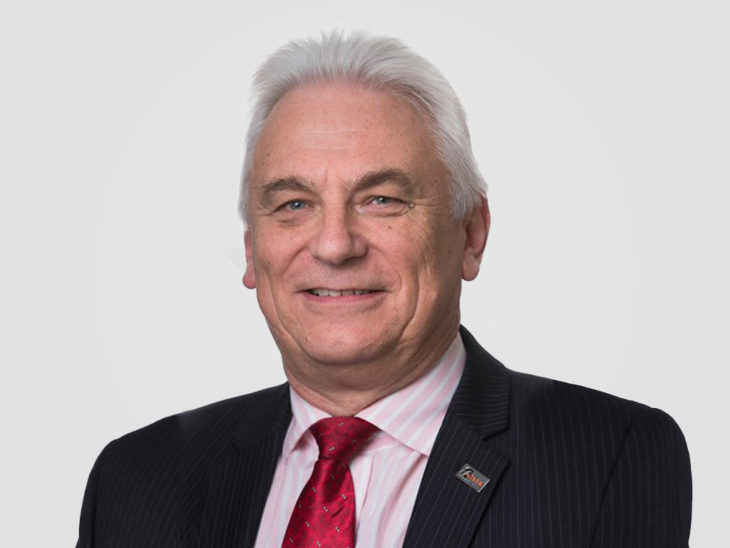The Great British Fleet Event’s second Spotlight falls on Neville Lidford, M.I.M.I., M.F.I.E.A., A.Inst.A.E.A. Selsia’s engineering & operations director talks us through how the industry is changing, how Selsia is reducing touch points in the fleet insurance claims and repairs process, the future of fleet and his thoughts on what has been the most influential fleet car ever.
Lidford says he got into the fleet sector in 2009 when establishing Selsia to centrally manage accident repairs for national fleets. He added, “We saw a massive gap in the market for our services, particularly among the mid-sized fleets where vehicle downtime is critical and they didn’t have any centrally managed procedures in place. Since 2009, we have grown in this space, particularly in the HGV sector.”
Under his current role, Lidford manages the operational support team, which progress chases all repairs going through Selsia’s system, as well as providing engineering support, repair cost and estimate governance on behalf of fleet clients.
In addition, Lidford is responsible for the development of Selsia’s cloud-based repair management portal that controls the business. This includes the development of the system in response to particular fleet and insurance client requirements.
What do you think has been the most influential fleet car ever?
Probably the 1992 Ford Mondeo which put front wheel drive into a family sized car gaining extra interior space. Offering saloon, hatchback and estate, and a driver’s airbag as standard, with reasonable fuel consumption, it was a good bar-setter in its time.
What one element of the fleet industry would you change, if you were able to go back in time?
The government suddenly making diesel the demon after manufacturers had made massive pollution saving steps with Euro 6.
What is your company’s focus for 2019?
Our focus is in development of advanced support systems in the insurance space to reduce touch points in the repair process, which help to close open claims as quickly as possible. We are also very focused in developing our already successful presence in the HGV accident repair sector, as well as moving forward with our award winning SMART Multipoint service where we deliver fast and efficient end-of-life bodywork repair services to avoid end-of-lease penalty charges for fleets.
What else is in the pipeline?
We have a number of new schemes starting up based very much along the lines of our 2019 focus and we will be preparing to upscale our activities accordingly.
What are the key trends to look out for in fleet?
Confusion about BiK, NI costs, fuel economy, whole life costs and emissions. These make it far more difficult for fleet managers and employees to choose the best way to decide upon vehicle provision.
Given current uncertainty, what can fleets do to mitigate this?
During uncertainty, we often see business disruption, reduced investment and sales. What we have always focused on is how we can help to reduce accident repair and the associated costs to the business of having vehicles off the road. I know we keep banging the drum, but our accident repair services are financed by our approved repairer network, so for fleets, our services are provided free of charge and they substantially reduce accident administration costs. For fleets without a formalised accident repair management that reduces costly touch points in the repair management process, I would urge them to seriously look at models like ours.
In the short term, what do you see changing in fleet?
From our own perspective, I see processes developing which seriously reduce human intervention in the claims process, including artificial intelligence. Unfortunately, we are also likely to see a reduced volume of accidents because of ADAS collision avoidance systems, traffic calming measures and less vehicle mileage as a consequence of digital communications, as well as climate change regulations. For an accident management company, this doesn’t bode particularly well, which is why we future proof our business by developing our systems and customer mix.
Imagine it’s 2040: how do you see the world of fleet?
In a world that is changing so fast 20 years is a long time! With systems for video conferencing improving and the gradually increasing trend for urban dwellers not to run vehicles, I see further reduction in the car fleet. However, I do suggest that the demand for same-day online delivery will increase van usage.
What are your thoughts on electrification, an opportunity or a red herring?
My view is that electrification is a short term fix to the emissions problem. The national infrastructure would not cope with a massive increase in rechargeable electric vehicles. The massive investment made by manufacturers on diesel engine outputs has been wasted in the current trend to go electric. I feel that a better solution will be hydrogen fuel cell with the hydrogen being available at service stations either locally produced or transported in. It also covers the problem of supplying home charging points.











































